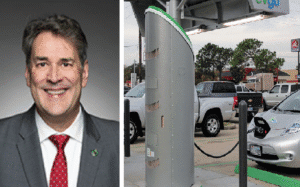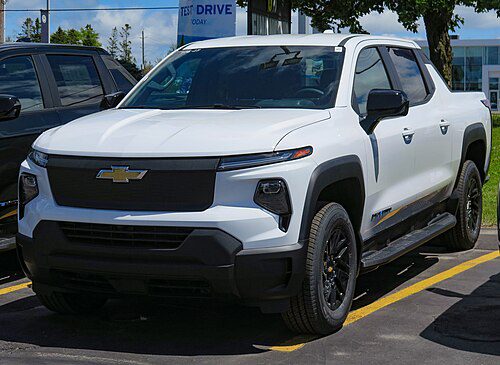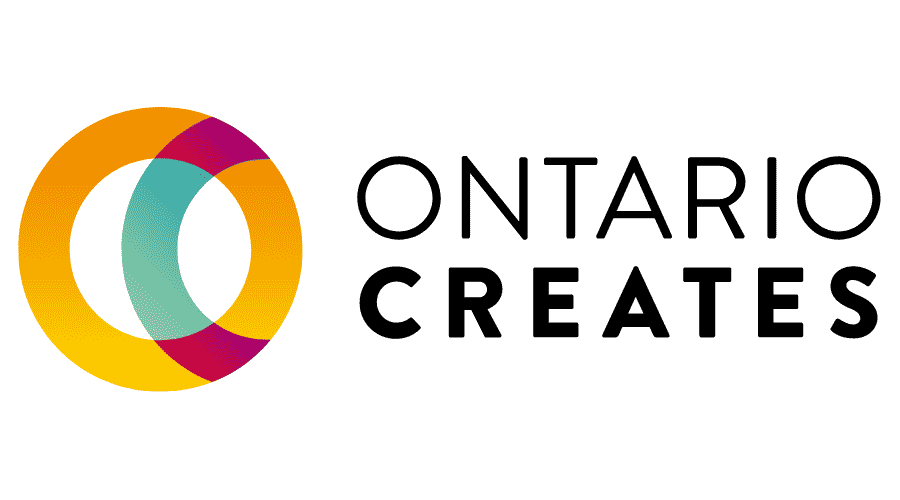Toronto, Ontario — General Motors triples its the covered areas in its autonomous vehicle network, Google Maps announces greater electric vehicle support and the director of a crown corporation announces the possibility of developing a local industry valued at $48 billion a year. This is the latest in electric and automotive vehicles.
Tripled Cruise
General Motors Canada announced that the company will expand the Super Cruise network by more than three times.
This will increase the area covered by the self driving network from 24,000 kilometres to 80,000 kilometres, and will be delivered for free over the air to Super Cruise equipped vehicles.
This expansion will cover the Trans-Canada Highway, and increases Super Cruise coverage to over 320,000 kilometres across North America.
Recalculating…
A new Google Maps feature will expand the vehicle fuel efficiency feature to electric vehicles, according to a recent blog post from the company.
On Sept. 7, a Google blog post said that in the coming weeks, drivers in Europe, Canada and the United States would have options to select their vehicle power source. This allows for the most energy efficient route to be recommended, lowering your gas output and combating one of the world’s largest sources of carbon emissions.
While preview images have been released, fuel options have yet to be released on Google Maps mobile and desktop apps in Canada.
Seize the Day
A study by the Trillium Network for Advanced Manufacturing and a think-tank in at British Columbia’s Simon Fraser University says that Canada could establish an electric vehicle industry valued at $48 billion annually—if we act now.
According to an article published by the CBC, Brendan Sweeney, managing director of the Trillium Network for Advanced Manufacturing, said that Canada is the only democratic nation with the minerals required to support an EV supply chain. In particular, a self-sustaining integrated battery materials industry.
Sweeney describes this potential industry as a development from Canada’s prior economic strategy of trading raw exports for high-value goods, refining and creating high-value components.
If successfully established, this would add an estimated $48 billion a year to the economy and create hundreds of thousands of jobs, but requires billions in federal and provincial investment along with a developed industrial strategy.




















